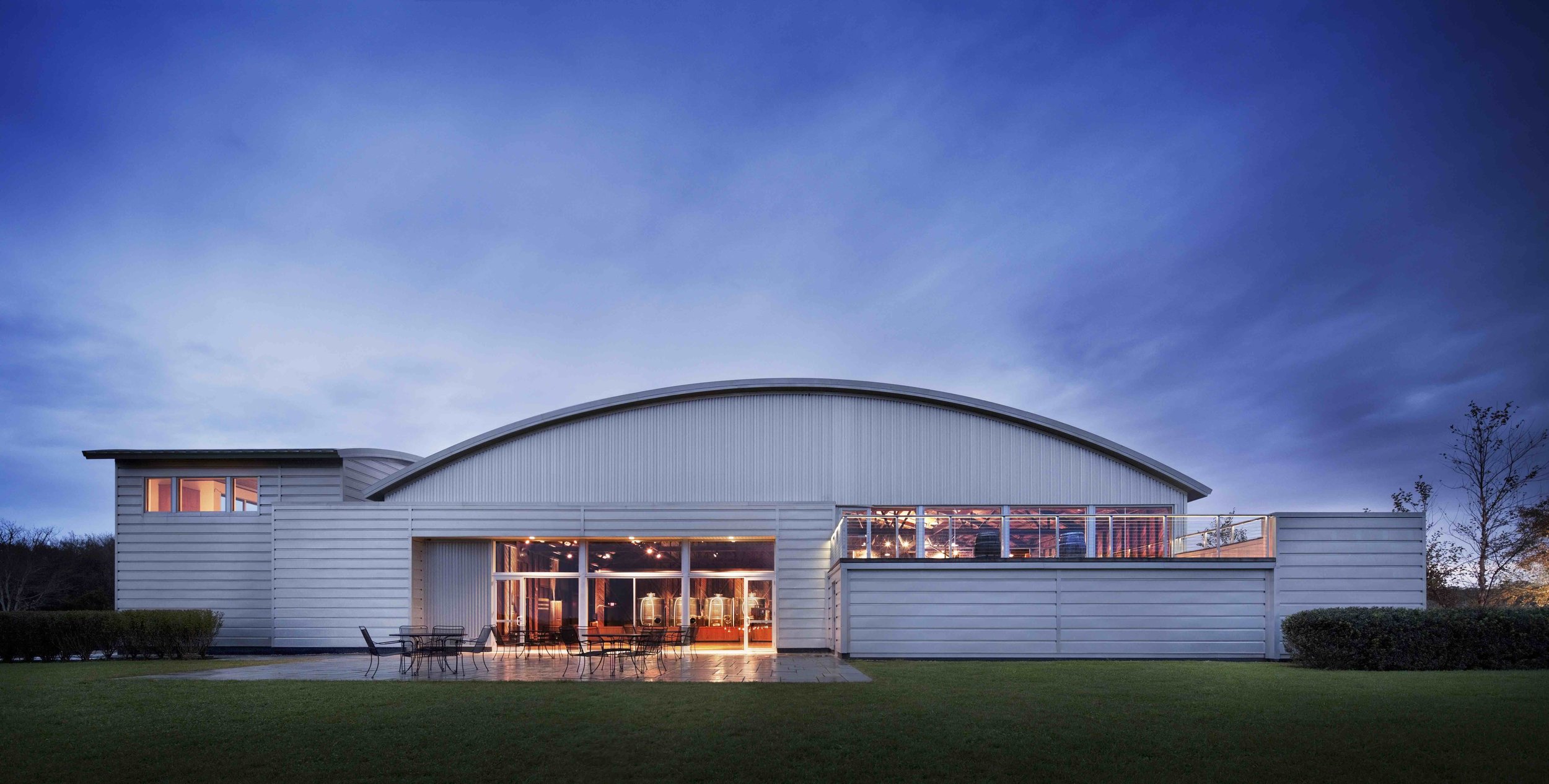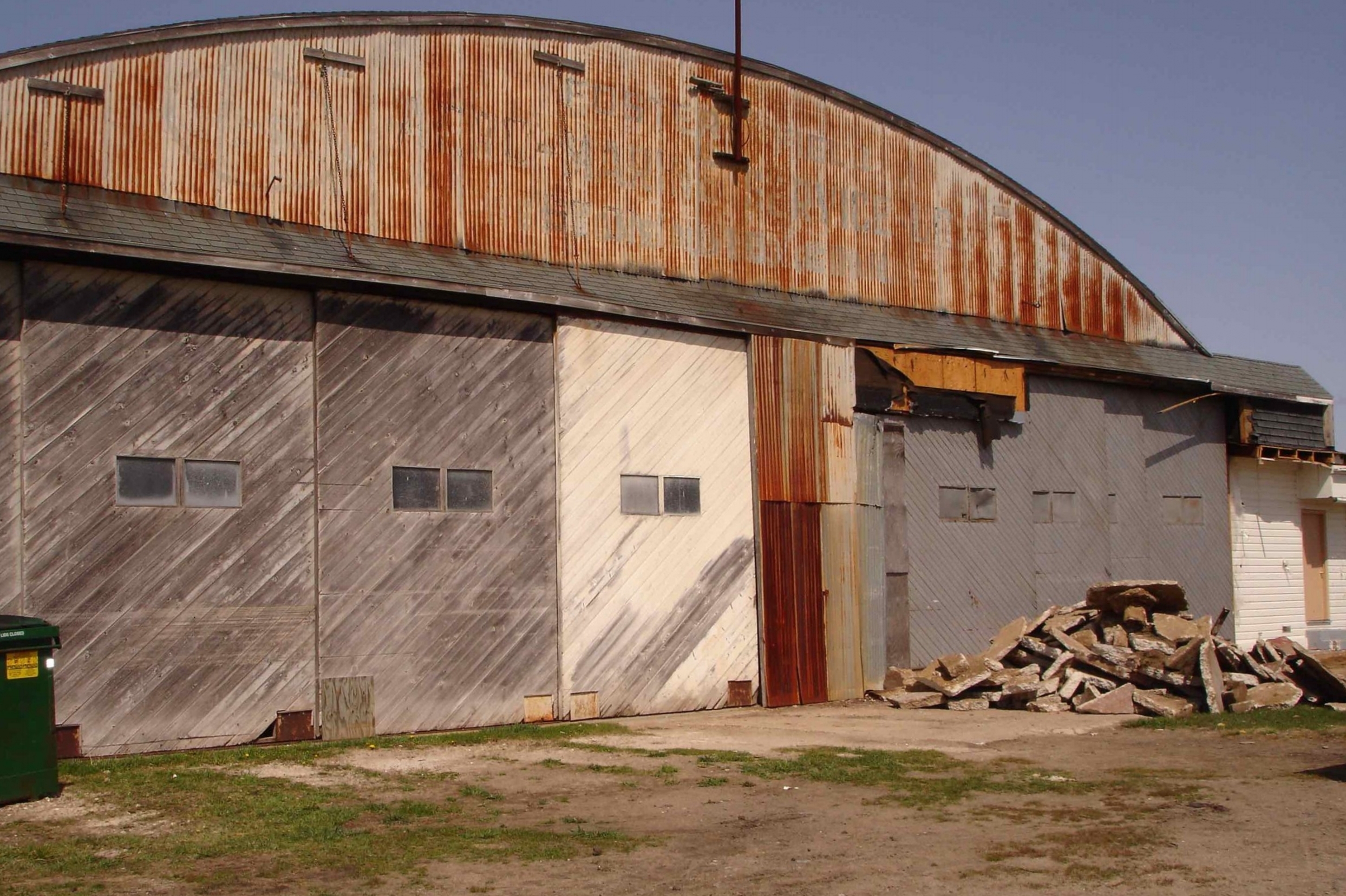
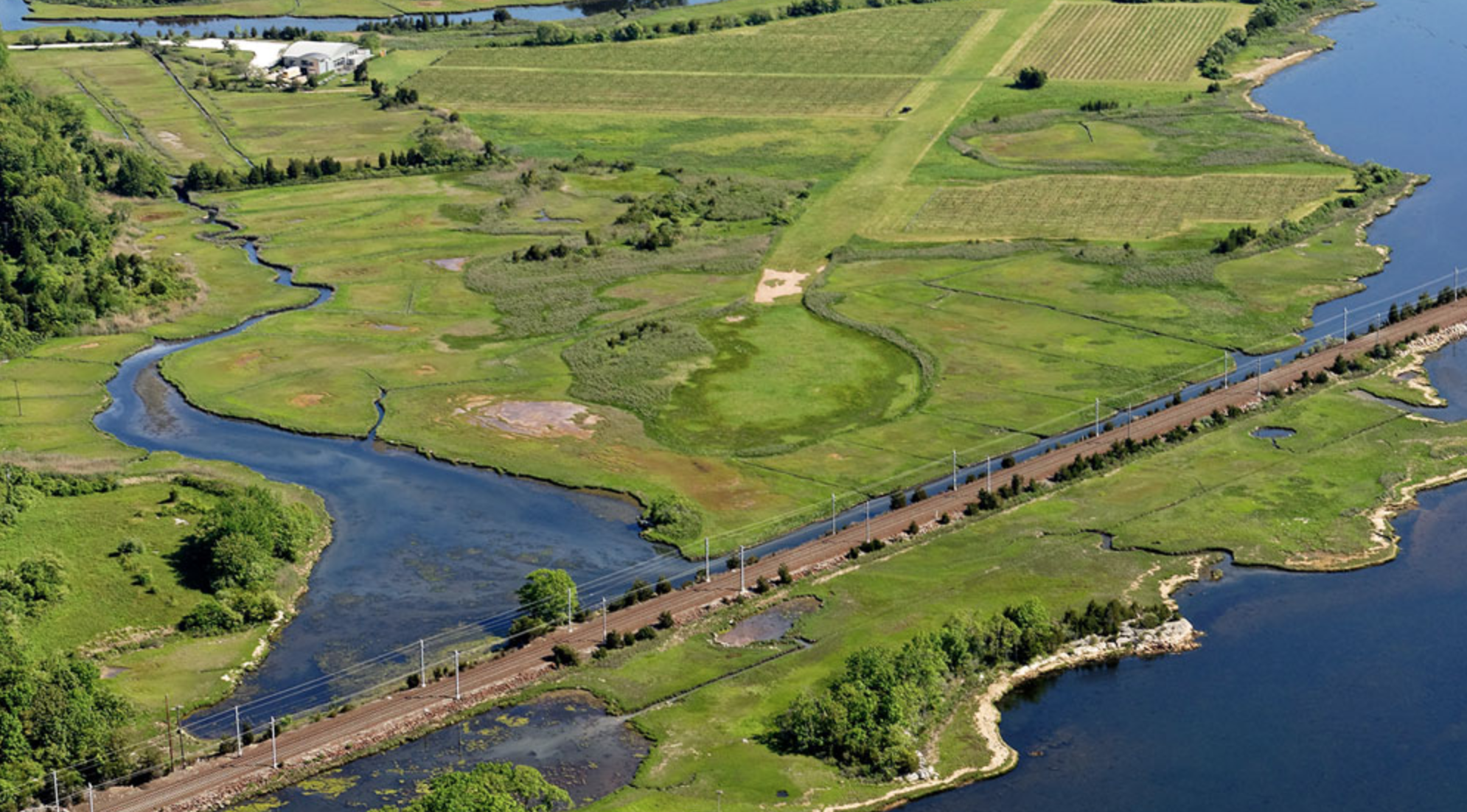
saltwater farm vineyard in stonington, connecticut, bordered by the tidal marshes of wequetequock cove, traces its agrarian roots back more than 350 years to the founding of stonington in the mid-1600s
In the late 1930s, William J. Foster opened
A SMALL COMMUNITY AIRPORT
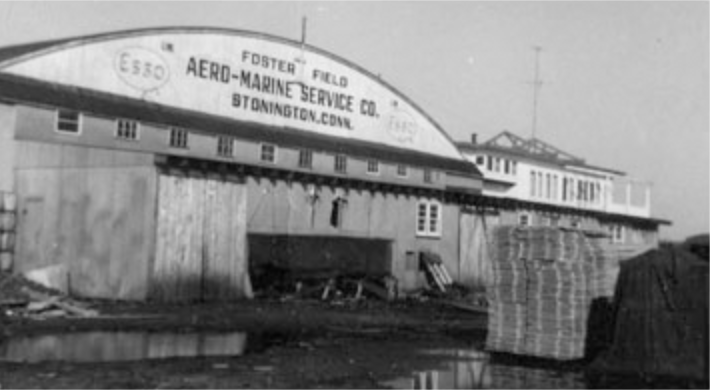
In 1653, Walter Palmer, who lived in the Massachusetts Bay Colony after arriving from England in 1629, established a farm on some 230 acres of his land holdings surrounding Wequetequock Cove. Portions of Palmer’s original tract, including what is now Saltwater Farm Vineyard, continued to be used as farmland into the early decades of the 20th century, known then as the West Farm and owned by Herbert West, who was raised in North Stonington.
In the late 1930s, William J. Foster opened a small community airport on the property. Foster built a hangar there, designed by John W. Lincoln, an architect and engineer living in Stonington and a man credited with sharing in the creation of the modern Quonset Hut. Foster Field, also known as Westone Airport, functioned as an airport for several years before the U.S. entry into World War II, when the government closed such airports for public use.
In 1945, as the war was ending, Foster leased the property to Henry R. Palmer Jr. of Stonington, who offered commercial air service and flight training there. Palmer opened Aero-Marine Service at Foster Flying Field in February 1946. Palmer’s venture lasted only a couple of years and the hangar was used variously, and haphazardly, through the subsequent decades as warehouse, restaurant, light manufacturing facility and home to squatters.

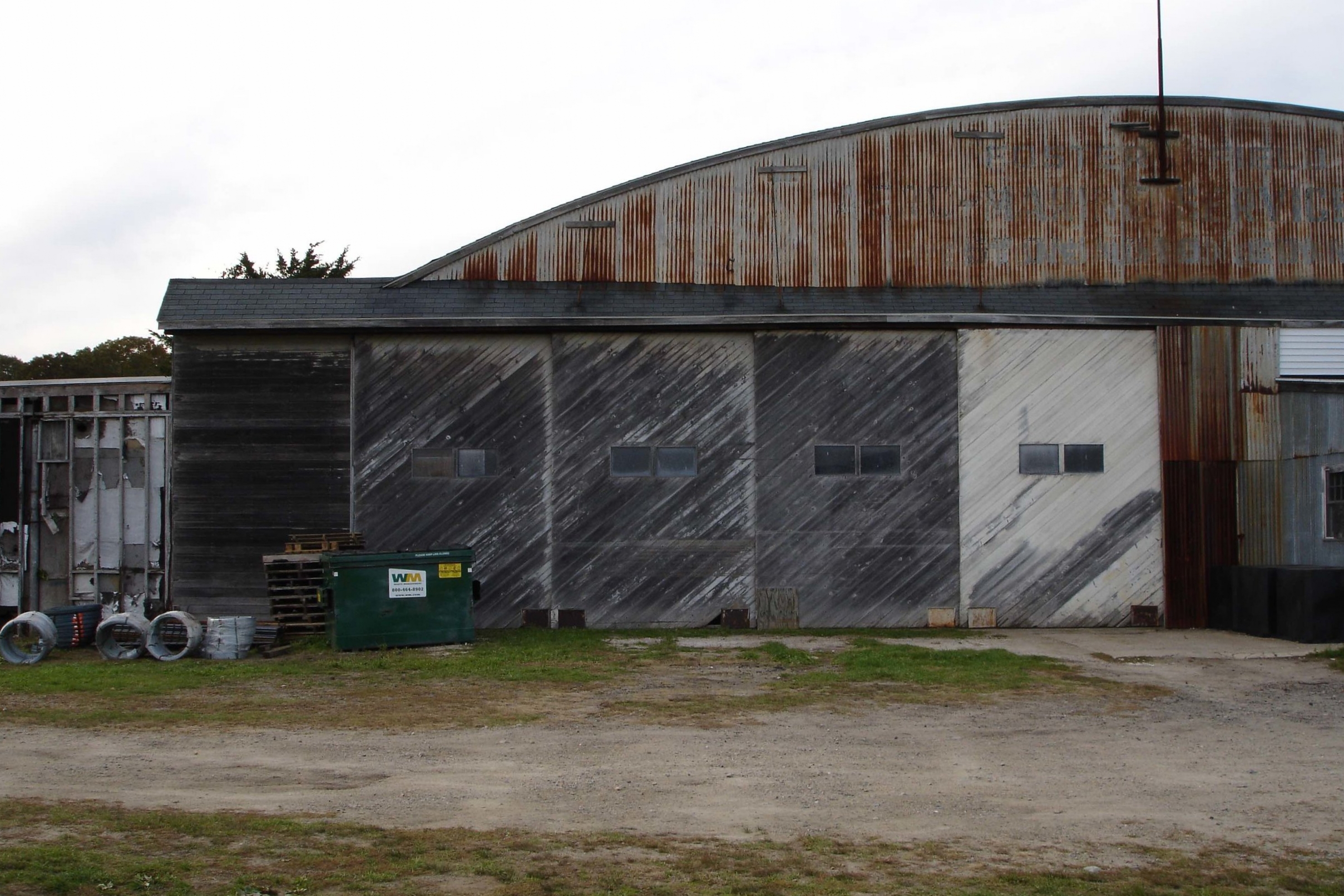
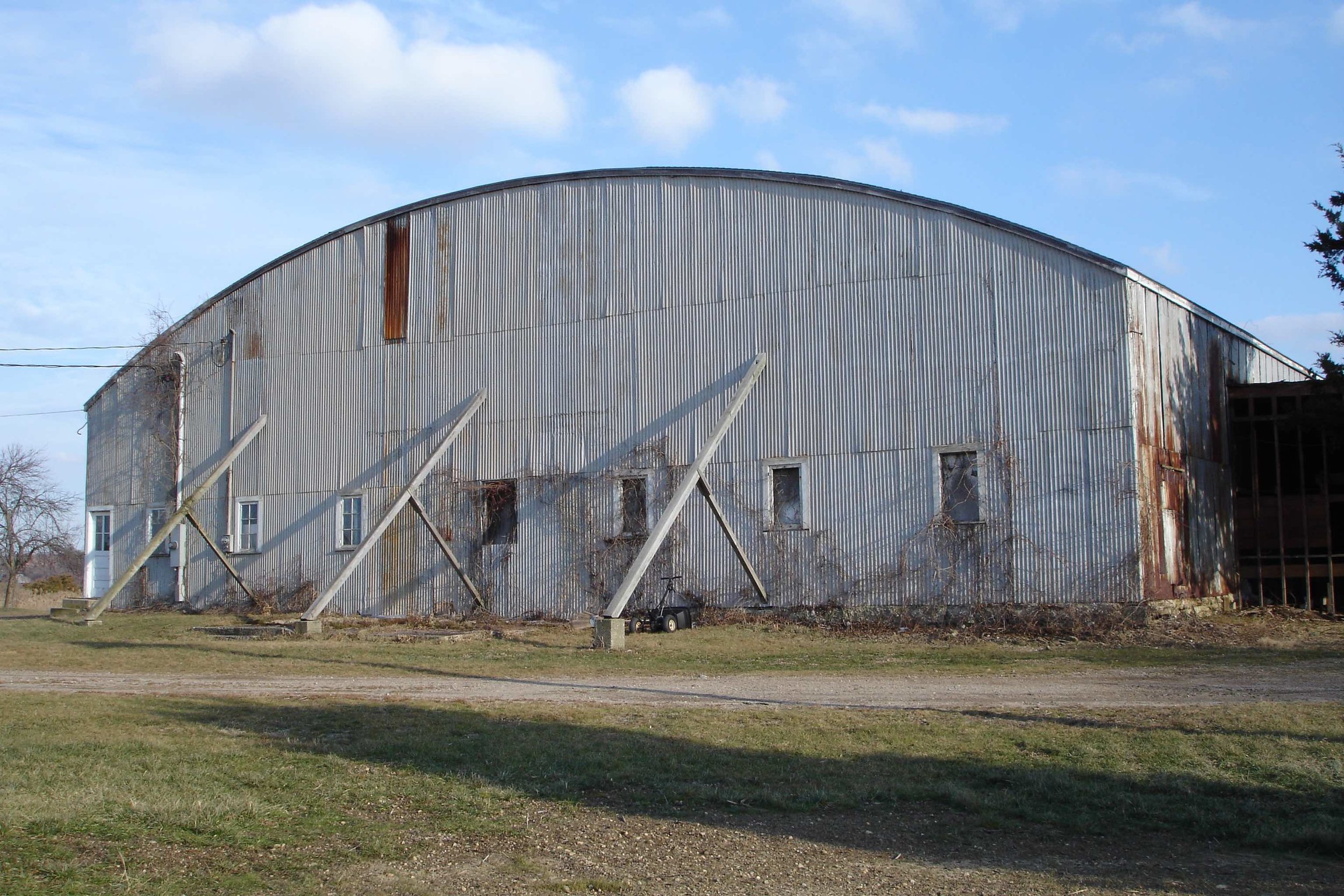

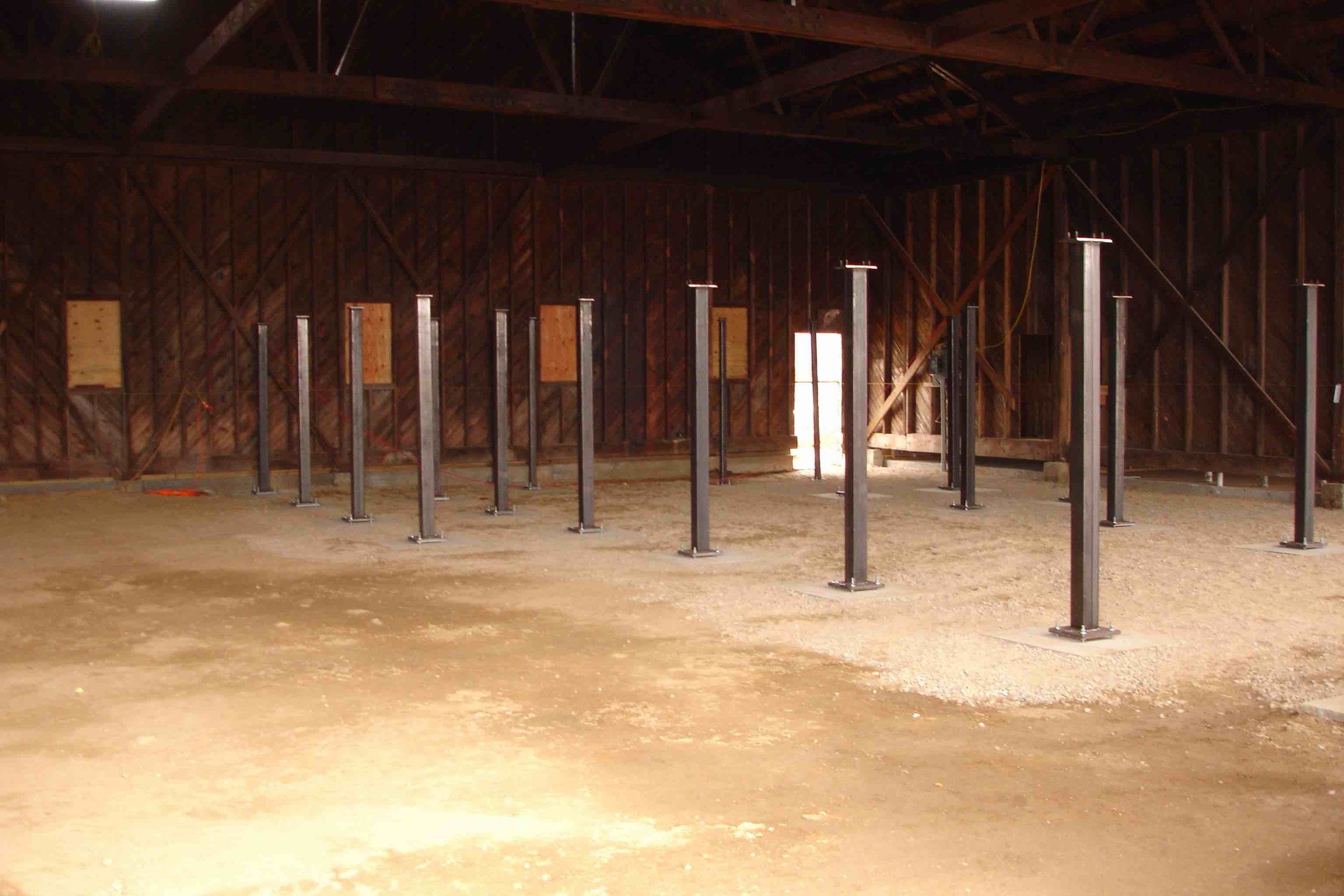

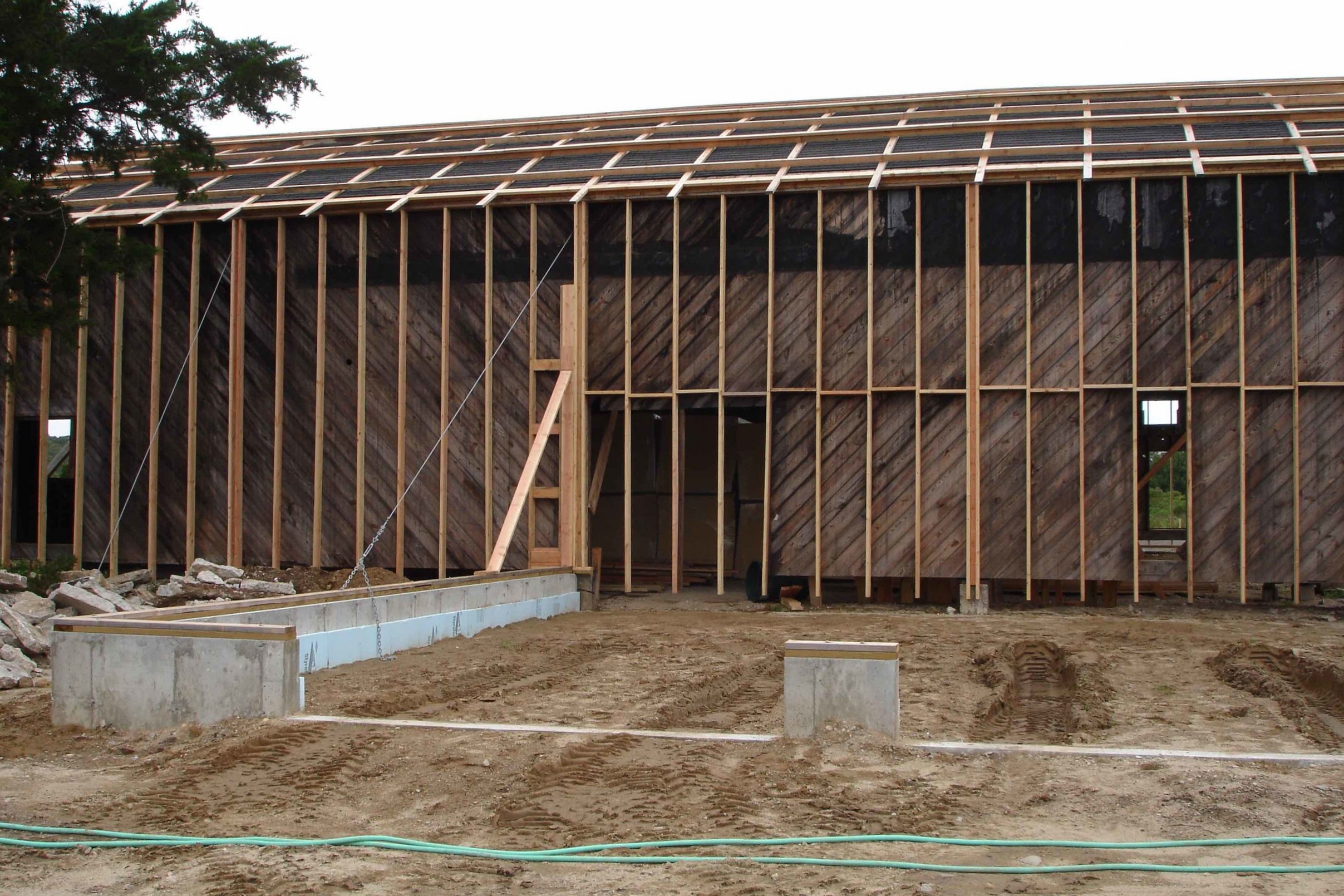

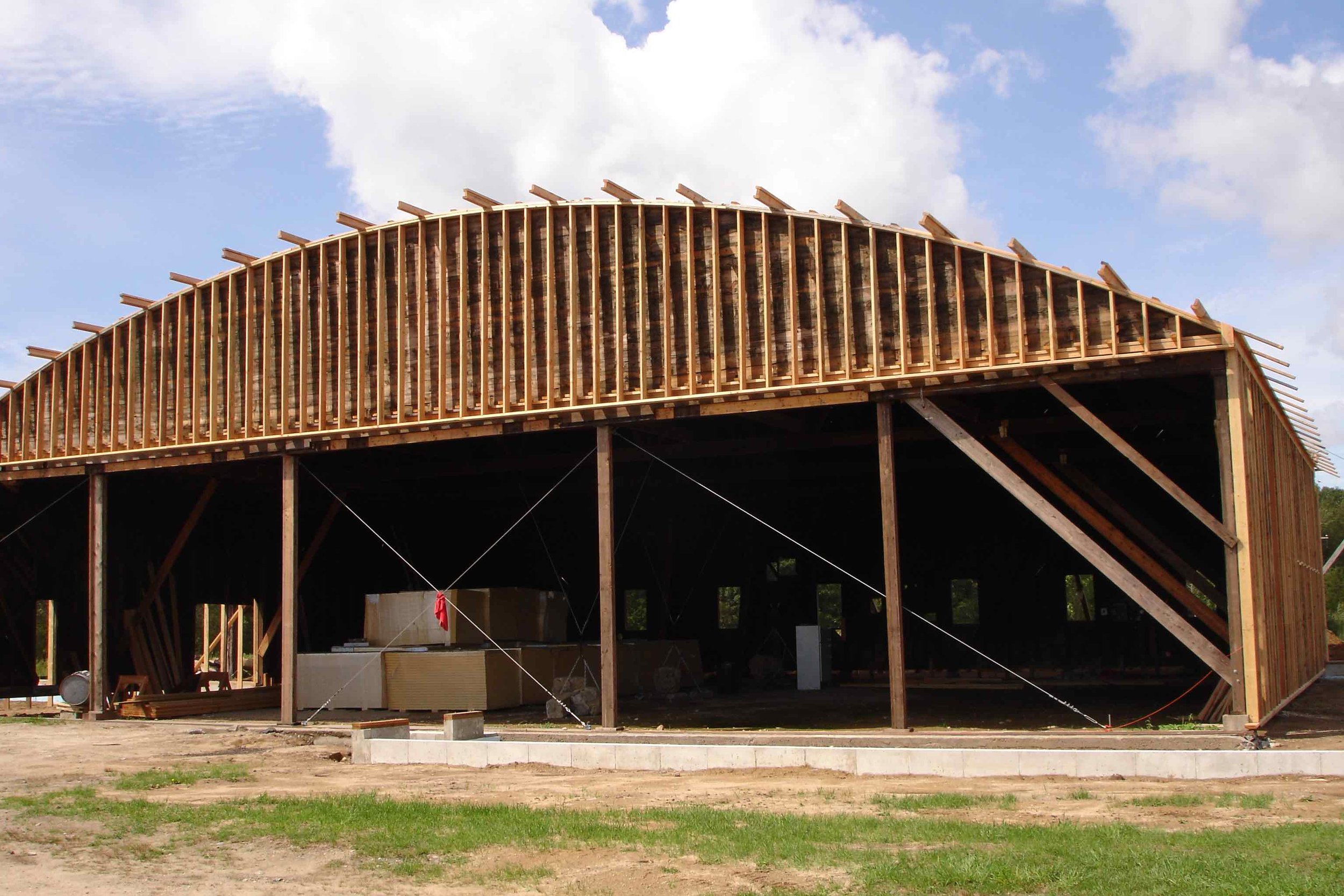
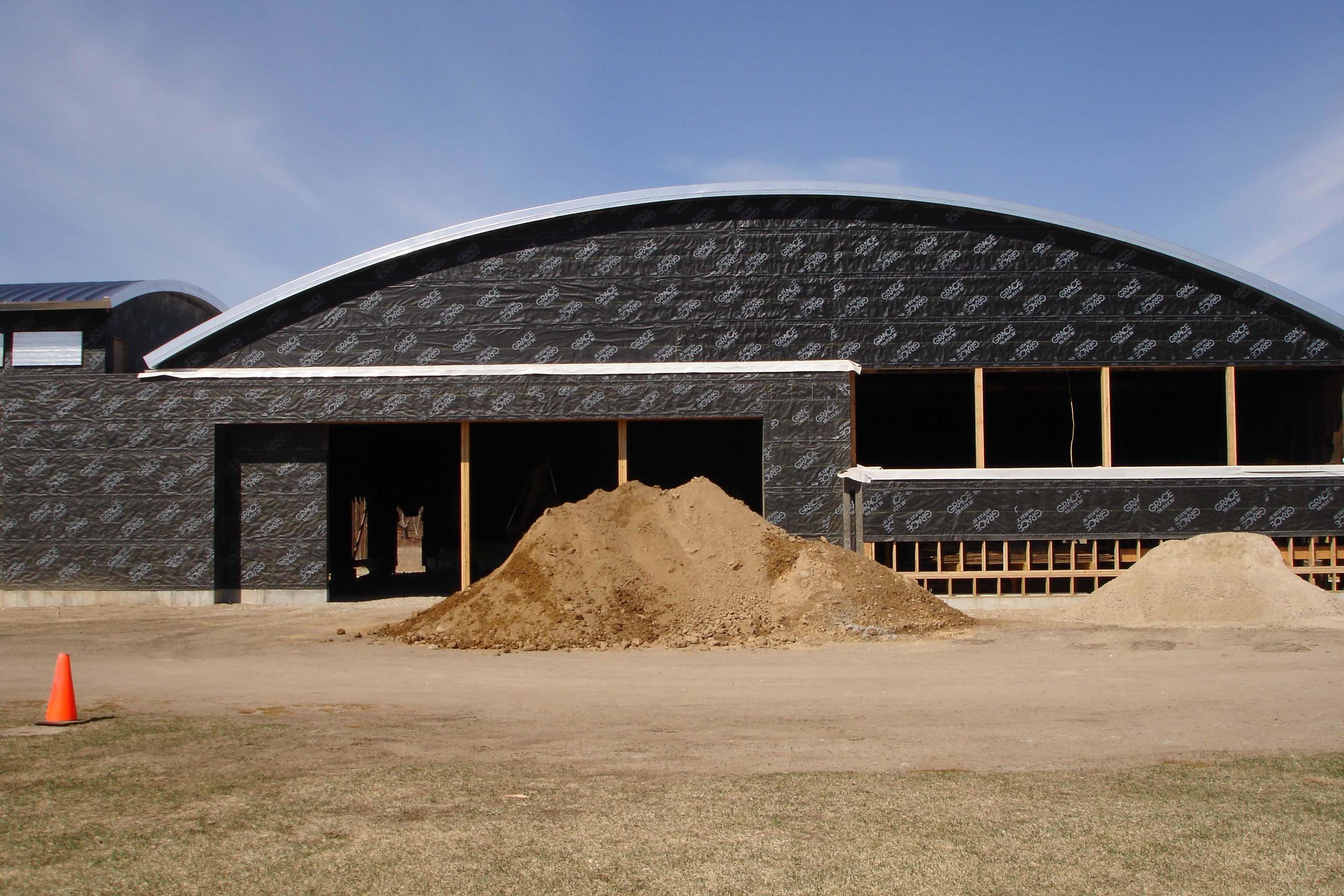
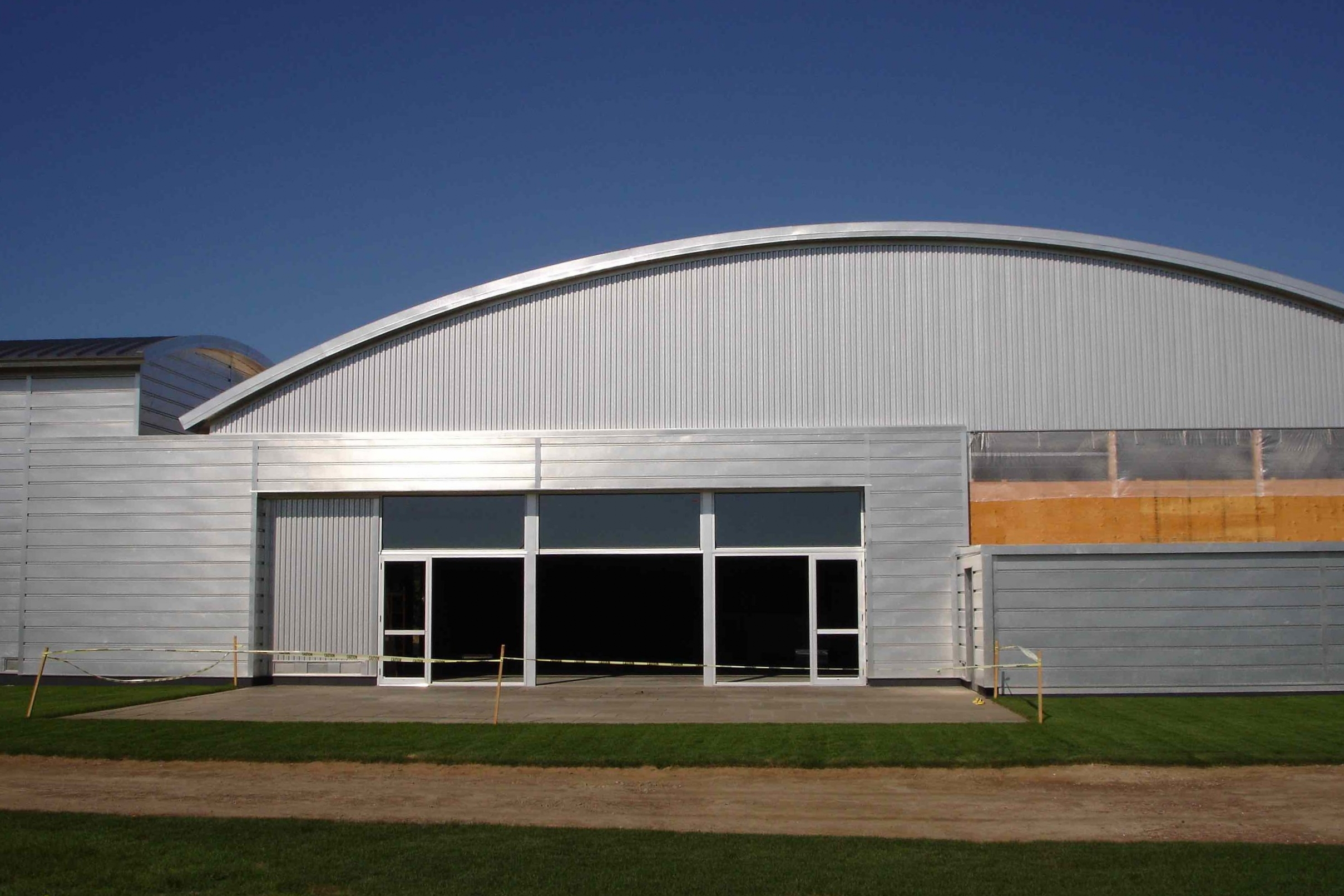
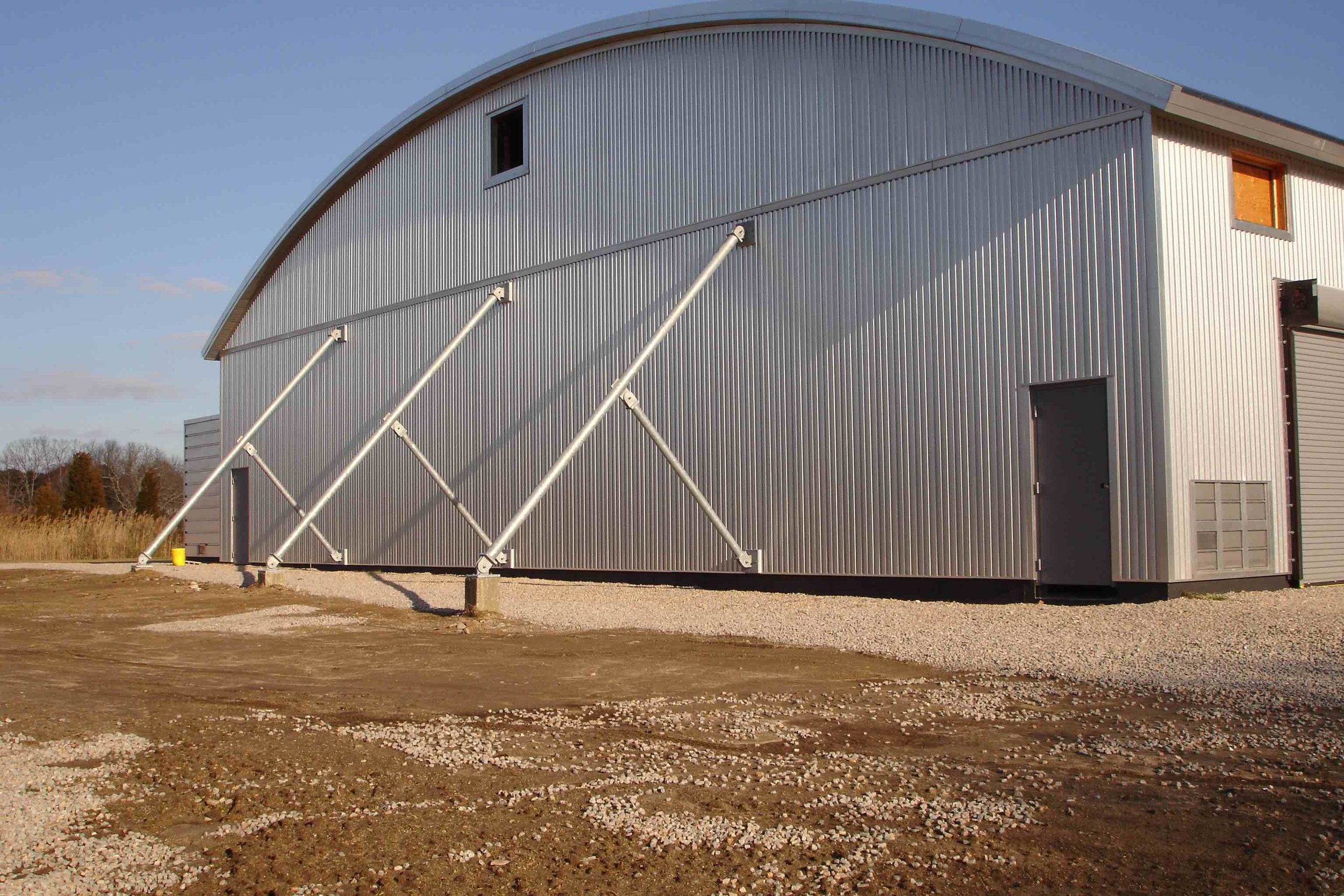
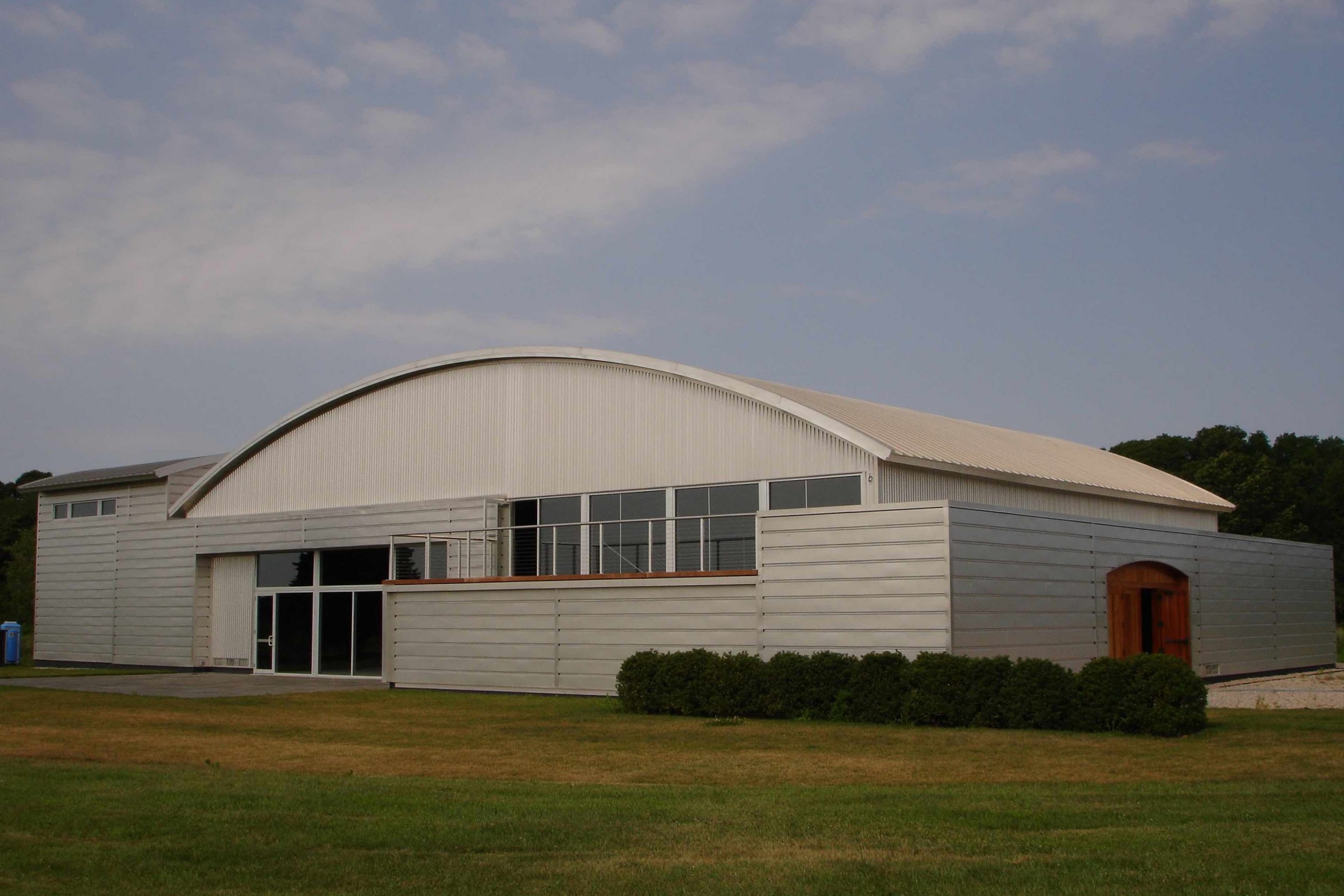
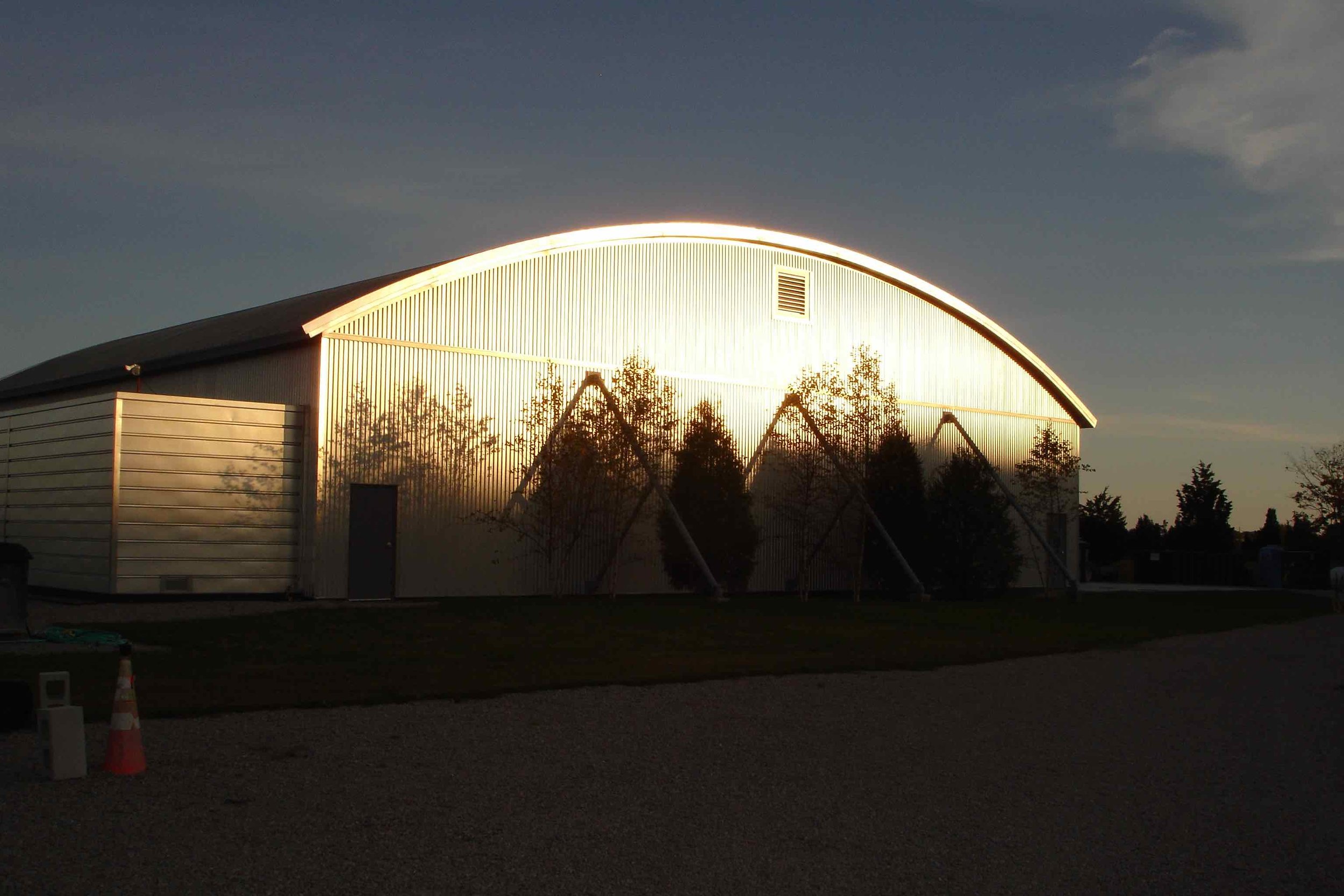
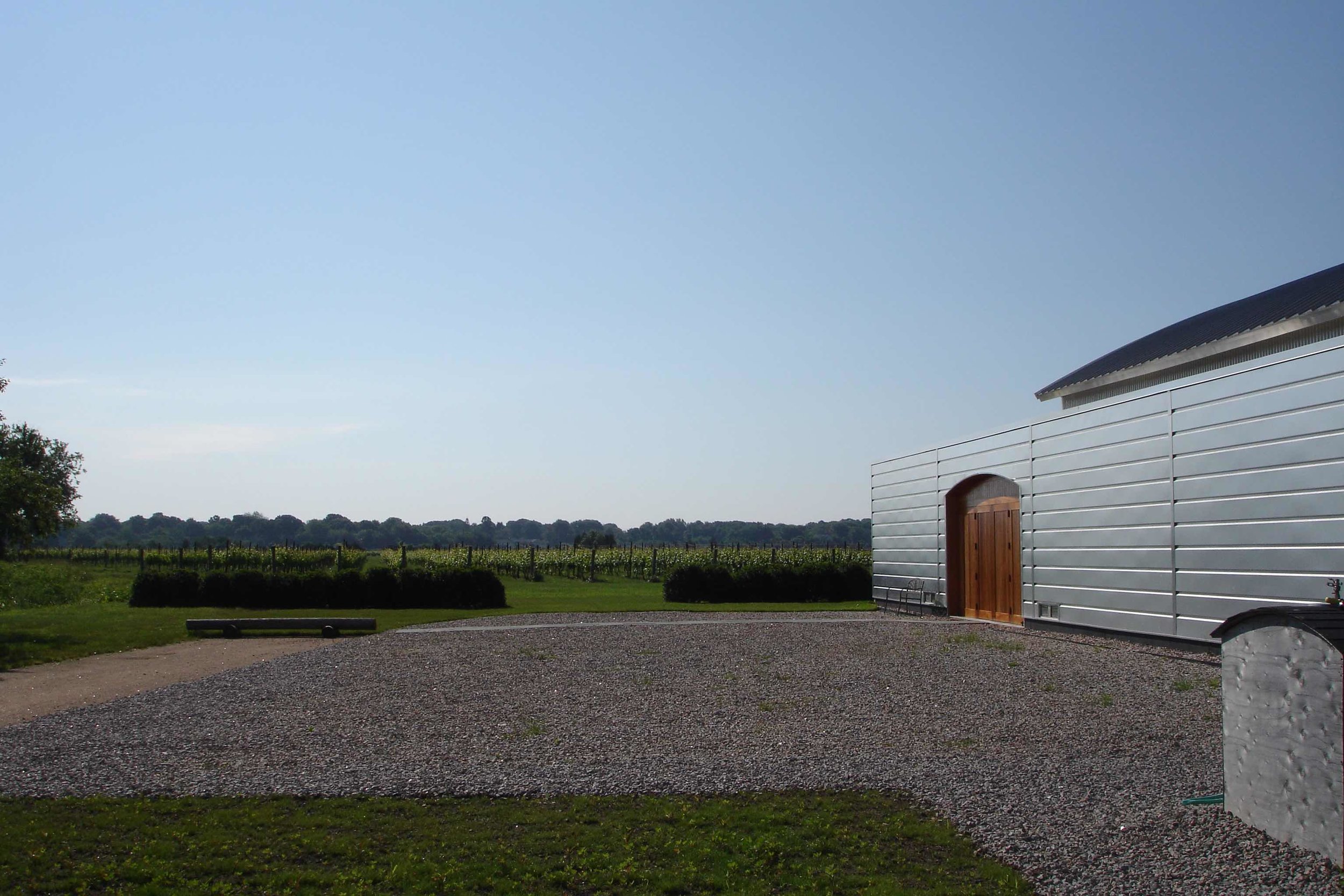
In 2001, Michael M. Connery, a former partner at the New York law firm Skadden, Arps, Slate, Meagher & Flom and a Rhode Island native, bought the long-dormant property. In all, Connery purchased 108 acres and made the decision to convert the old airfield into a vineyard, at the same time maintaining a grassy landing strip. The vintage hangar was preserved and reimagined as a winery, largely through the design efforts of Stephen Lloyd, an architect in Chester, Connecticut. The building now showcases a vaulting roof, a milled aluminum exterior, original wood sheathing and, dominating the airy interior, massive timber trusses.
With a preservationist’s bent, and with a keen appreciation of Stonington’s past, the goal has been to sustain, in contemporary function and fashion, the two foundations of the property’s place in Stonington history: coastal farmland and a WWII-era private airport.
visit saltwater farm
A UNIQUE DESTINATION
